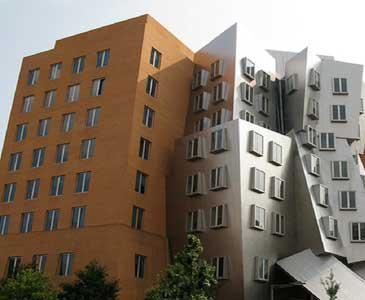Cameron Musco and Hsin-Hao Su: Ant-Inspired Density Estimation via Random Walks
Friday, April 1, 2016 - 1:00pm to 2:30pm
Location:
32-G658
Speaker:
Cameron Musco and Hsin-Hao Su
Seminar group:
Abstract: I will discuss our recent PODC submission on Ant-Inspired Density Estimation. The work gives a probabilistic analysis of a very simple ant-inspired algorithm for population density estimation. Our primary technical contribution is an understanding of the collision behavior of multiple random walks on a graph based on the strength of 'local-mixing' on the graph. This is joint work with Nancy Lynch and Hsin-Hao Su.
Full abstract:
Many ant species employ distributed population density estimation in applications ranging from quorum sensing, to task allocation, to appraisal of enemy colony strength. It has been shown that ants estimate density by tracking encounter rates – the higher the population density, the more often the ants bump into each other. We study distributed density estimation from a theoretical perspective. We show that a group of anonymous agents randomly walking on a grid are able to estimate their density d to within a multiplicative factor 1 ± \epsilon with probability 1 − \delta by measuring their encounter rates with other agents. Despite dependencies inherent in the fact that nearby agents may collide repeatedly (and, worse, cannot recognize when this happens), our sample bounds nearly match what is required to estimate d by independently sampling grid locations. From a biological perspective, our work helps shed light on how ants and other social insects can obtain relatively accurate density estimates via encounter rates. From a technical perspective, our analysis provides new tools for understanding complex dependencies in the collision probabilities of multiple random walks. We bound the strength of these dependencies using local mixing properties of the underlying graph. Our results extend beyond the grid to more general graphs and we discuss applications to social network size estimation, density estimation by robot swarms, and random walked-based sampling of sensor networks.

